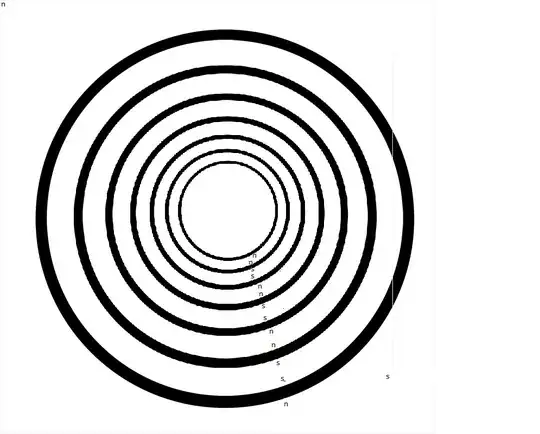Imagine 2 rings made of a magnetic material the outer magnetically suspended ring spins at its maximum rotational velocity. The inside of the first magnet ring is south on the inside and the inner ring is south on the outside.
Will the magnetic fields of the first ring counteract on the rotational stress of the inner ring creating magnetic structural integrity onto and allowing the inner ring to physically spin beyond its mechanical failure point?
Now, add more inner rings on spinning a little faster than the other. Can the combined magnetic ring spin incrementally faster because they are held together magnetically from mechanically failing or spinning apart?
The rings are not to scale. The rings may need to be magnetically bracketed with a base magnet if the poles cannot be shaped to remain self-entrapped.
